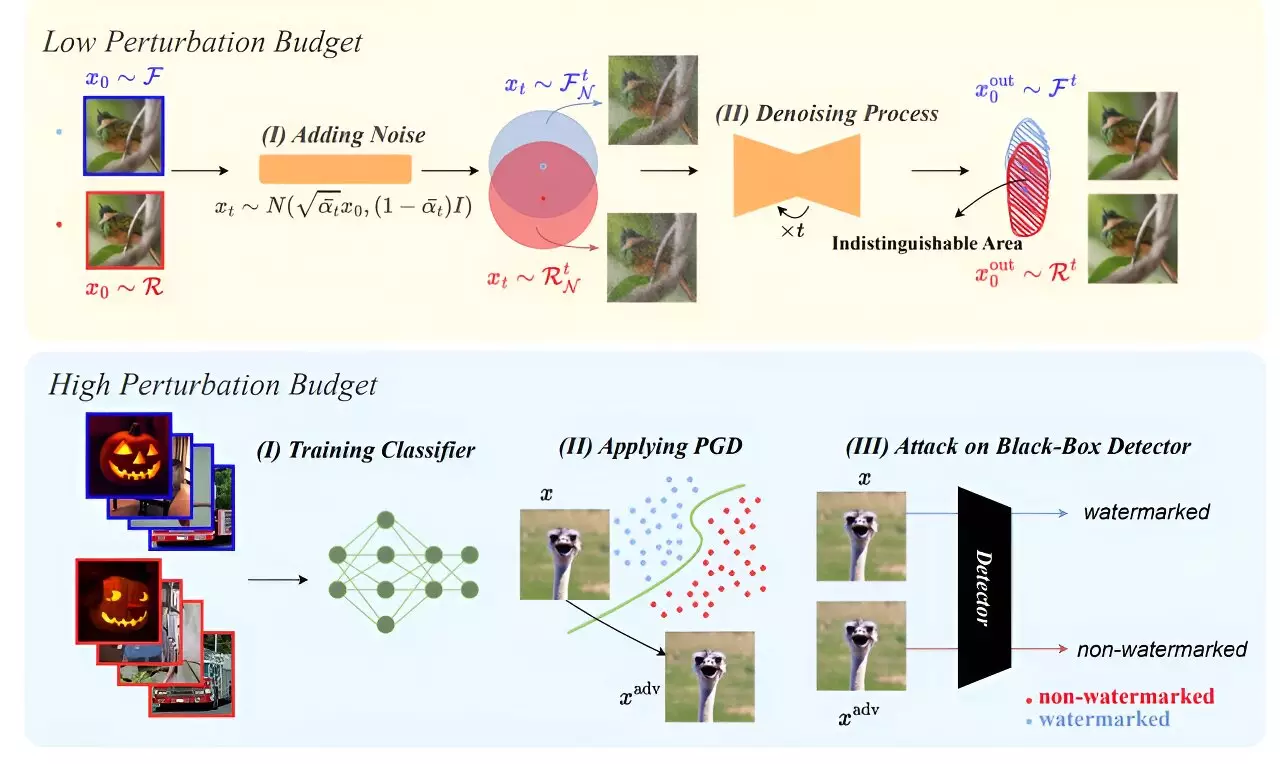The entertainment value of deepfake images cannot be denied. Seeing Arnold Schwarzenegger’s face superimposed on Clint Eastwood’s Dirty Harry or Mike Tyson transformed into Oprah can certainly bring a few laughs. Even Donald Trump morphed into Bob Odenkirk of “Better Call Saul” and Nicholas Cage as Lois Lane in “Superman” seem amusing and harmless. These examples of AI-generated deepfake images have gained popularity on social media platforms, providing entertainment to millions of people worldwide. However, the dark side of deepfakes is steadily emerging, posing a threat to individuals and society as a whole.
Recently, the use of deepfakes for malicious purposes has raised concerns. Actor Tom Hanks took to social media to denounce an ad that used his AI-generated likeness to promote a dental health plan. The popular YouTuber Mr. Beast, known for his viral videos, was falsely shown offering iPhone 15 Pros for a mere $2, deceiving his followers. These examples demonstrate how deepfakes can be used to deceive and manipulate individuals, leading to financial loss or reputational damage.
The impact of deepfakes extends beyond celebrities and influencers. Ordinary citizens are now becoming targets of this technology. Faces of unsuspecting individuals are appearing in fabricated images on social media platforms without their consent. This invasion of privacy can be deeply unsettling, as people lose control over their own likeness and how it is used online. Even more distressing is the rise in incidents of “revenge porn,” where jilted lovers post fabricated images of their former partners in compromising or obscene positions. This emerging trend poses a significant threat to personal relationships and mental well-being.
As the United States approaches a highly contentious battle for the presidency in 2024, the implications of deepfake technology loom large. The prospect of forged imagery and videos promises an election of unprecedented ugliness. Political opponents could use deepfakes to spread false information, manipulate public opinion, and undermine the democratic process. The potential impact on the integrity of elections and the trust in democratic institutions is deeply concerning.
Not only does the rise of deepfake images pose a threat to individuals and elections, but it also upends the legal system. Lawyers are increasingly challenging the authenticity of evidence produced in court due to the proliferation of fake images. The public’s confusion over what is true or false, fueled by the advancement of deepfake technology, makes it challenging for the legal system to establish the facts and ensure justice. The advent of deepfakes jeopardizes the very foundation of the legal process.
In response to the increasing threat of deepfakes, major digital media companies such as OpenAI, Alphabet, Amazon, and DeepMind have promised to develop tools to combat disinformation. One approach is the use of watermarking on AI-generated content. However, a recent study from the University of Maryland reveals the limitations of current watermarking techniques. Researchers demonstrated that protective watermarks can be easily bypassed, casting doubt on their reliability as a defense against deepfake abuse.
Soheil Feizi, a professor at the University of Maryland, warns about the potential hazards of misapplied AI technology. Deepfakes have the power to cause significant personal harm, from character defamation to emotional distress, impacting both individuals and broader society. The identification of AI-generated content becomes a crucial challenge that needs to be addressed urgently.
Despite the bleak reality of deepfakes, there is some optimism. Feizi believes that designing a robust watermark is a challenging but not impossible task. There is hope that better algorithms and defenses will be developed to combat the growing threat of deepfake technology. However, in the meantime, individuals must exercise caution and perform due diligence when encountering images or videos that may be important to them. Vigilance, double-checking sources, and applying common sense are requisites to navigate the era of deepfakes cautiously.
The emergence of deepfake technology poses a significant menace to individuals, society, and democratic processes. The ability to generate realistic yet fabricated images and videos has ushered in a new era of deception and manipulation. Deepfakes have the potential to cause irreparable harm to personal lives, undermine public trust, and disrupt the legal system. It is crucial for individuals, technology companies, and governments to come together to find effective solutions to combat the threat of deepfakes and protect the integrity of our society.


Leave a Reply